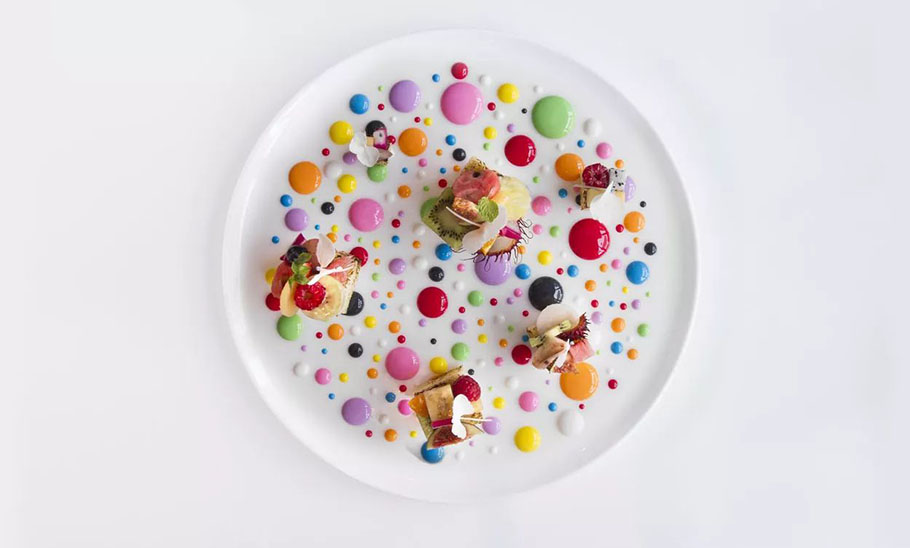
The development and application of natural pigments has become a subject of general concern to scientific and technological workers in various industries. People try to obtain natural pigments from various animal and plant resources and explore their physiological activities to alleviate and solve various problems caused by synthetic pigments. The extraction process of natural pigments is also rapidly updated, and now membrane separation technology has become one of the main methods of natural pigment extraction.
Membrane separation includes four main cross-flow membrane processes: microfiltration MF, ultrafiltration UF, nanofiltration NF, and reverse osmosis RO. The separation and retention performance of various membranes are distinguished by the pore size and molecular weight cut-off of the membrane. Membrane filtration technology has been widely used in medicine, dyes, food and juice processing industries in western developed countries. The application of membrane filtration technology in the production of natural pigments can improve the production yield of natural pigments, remove secondary dyes and small molecular impurities, and reduce production costs. Undoubtedly, membrane technology has played an important role in consolidating the status of these enterprises in the natural pigment industry, and has been successfully applied in some domestic natural pigment production enterprise.
In the pigment production process, especially for the feed liquid with low solid concentration, compared with the full filtration method, the membrane separation device using the cross-flow filtration method greatly reduces the blockage of the membrane surface due to the cross-flow of the material and liquid, which can improve the filtration rate. rate. In addition, the membrane device can be sterilized at the same time, and there is no need to set up another sterilization and filtration process, so as to achieve the purpose of simplifying the process and reducing the cost.
1. Microfiltration technology can filter out insoluble components in natural pigment extracts and impurities with relative molecular weights greater than several hundred thousand, such as starch, cellulose, vegetable gum, macromolecular tannins, macromolecular proteins and other impurities.
2. Ultrafiltration is used for the clarification of pigments produced by fermentation, instead of the traditional clarification method, it can effectively intercept macromolecular suspensions and proteins, and allow the clarified pigment extract to permeate through the membrane and enter the permeate side.
3. Nanofiltration is used for concentration/dewatering of pigments at room temperature, usually in combination with or instead of evaporators. During filtration, water and some small-molecule impurities (such as citrinin in monascus) pass through the membrane while the pigment components are retained and concentrated.
In recent years, the development and utilization of natural pigments have developed rapidly. However, the research and development of natural pigments still faces many problems: the extraction rate of natural pigments is low, and the cost is high; the pigment stability is poor, and it is sensitive to external conditions such as light and heat; there are many types, and research and development are scattered. With the development and improvement of membrane separation technology, it is believed that it will play a more important role in the extraction of natural pigments. In the future, the combination of liquid membrane separation technology and various new technologies will increase the output of natural pigments and improve product quality, reduce manufacturing cost.
Post time: Apr-20-2022
